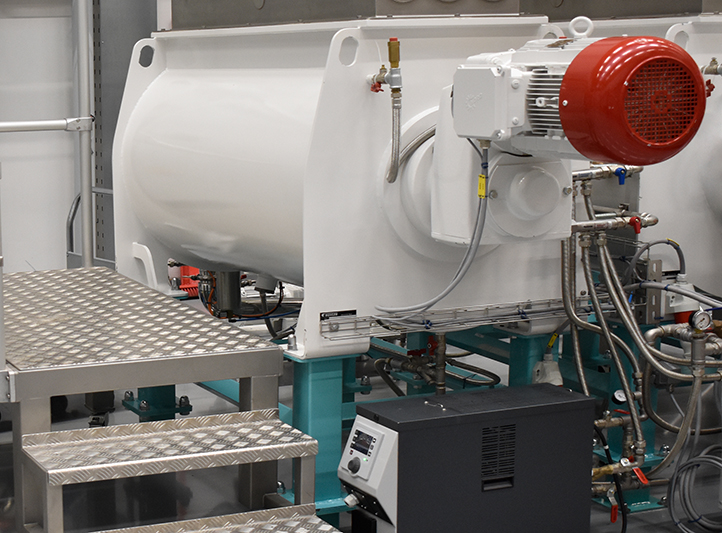Why is Temperature Control Important?

Temperature control is essential in food safety as it helps prevent the growth of harmful bacteria and microbes. The ideal temperature range is between 5°C and 60°C which is known as the 'temperature danger zone'. If food is stored outside this range, it can be a breeding ground for bacteria, which can cause foodborne illnesses such as salmonella and listeria.
The Importance of Temperature Control Display
Temperature control monitoring and display are crucial for food safety. Temperature control display refers to monitoring the temperature continuously with a thermometer or probe and displaying it on the unit. This allows for easy and accurate measurement, ensuring that the food remains within the required temperature range.
The NSW Food Authority's Overview and Requirements
The NSW Food Authority has set out guidelines to ensure safe food storage and production of food. These guidelines include a range of temperature control requirements.
Temperature Control in Food Storage
The NSW Food Authority requires all food businesses to have a temperature control plan in place to ensure that food storage is at the correct temperature. This may require businesses to use refrigeration or other storage units to keep food at a temperature between 5°C and 60°C.
Temperature Control in Cooked Food
Cooked food must be stored at 60°C or above to avoid bacterial growth. It must be chilled rapidly, with the temperature dropping to 5°C or lower within four hours and to 3°C or lower within 12 hours.
Temperature Control in Hot Food
Hot food must be stored at a temperature of 60°C or above to avoid bacterial growth. It must be kept hot at a temperature of at least 60°C while being served to customers.
Temperature Control in Cooling Processes
It is important to ensure that food is cooled correctly after cooking. Food should be cooled within two hours of being cooked. The temperature must be reduced from 60°C to 21°C within two hours and then from 21°C to 5°C within a further four hours.
Temperature Control in Display Cabinets
Food that is displayed in cabinets must be kept at a temperature of 5°C or below to ensure food safety. This includes sandwiches, salads, and cakes. Display cabinets must be checked regularly to ensure that food is being maintained at the correct temperature.
Conclusion
Temperature control is an essential aspect of food safety in businesses. The NSW Food Authority has set strict guidelines to ensure businesses are meeting the required temperature control standards. It is important to have adequate temperature control plans and systems in place and to regularly check and monitor temperatures. Temperature control display is also crucial for accurate readings and preventing foodborne illnesses. By following the NSW Food Authority’s guidelines, we can ensure safe and healthy food for all.
